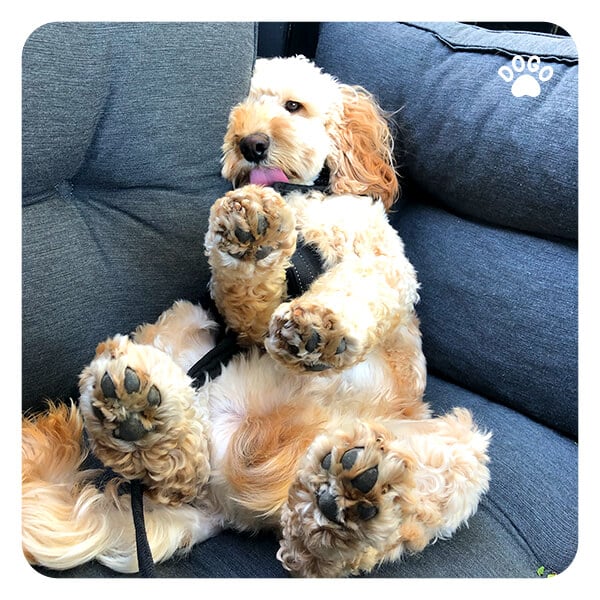 As dog owners, we all want to ensure our furry friends are happy and healthy. However, it’s not uncommon to notice our dogs exhibiting certain behaviors that can leave us puzzled. One common behavior that many dog owners observe is excessive paw licking. If you’ve ever wondered why your dog might be doing this, you’re not alone. In this blog post, we’ll delve into the reasons behind this behavior, how to identify potential issues, and what steps you can take to help your pup feel their best.
As dog owners, we all want to ensure our furry friends are happy and healthy. However, it’s not uncommon to notice our dogs exhibiting certain behaviors that can leave us puzzled. One common behavior that many dog owners observe is excessive paw licking. If you’ve ever wondered why your dog might be doing this, you’re not alone. In this blog post, we’ll delve into the reasons behind this behavior, how to identify potential issues, and what steps you can take to help your pup feel their best.
When your dog constantly licks her paws, it can be concerning. You might be wondering if it’s a sign of an underlying health issue or simply a harmless habit. The truth is, there are various reasons why dogs engage in excessive paw licking. One of the most common causes is allergies. Dogs, like humans, can suffer from allergies to environmental factors such as pollen, grass, or mold. If your dog is licking her paws more than usual, it could be a sign of allergic reactions.
Another reason for excessive paw licking in dogs is skin irritation or inflammation. Just like humans, dogs can develop skin conditions that cause discomfort, leading them to lick and chew at their paws to alleviate the itchiness or pain. This behavior might indicate that your dog is experiencing some form of skin problem, such as dermatitis or a yeast infection.
Furthermore, stress and anxiety can manifest in various ways in our furry companions, including excessive paw licking. If your dog is feeling anxious or stressed, she might turn to licking her paws as a form of self-soothing. This behavior can become a comforting habit, similar to how humans might bite their nails when feeling anxious.
It’s essential to pay attention to the frequency and intensity of your dog’s paw licking. If you notice that the licking has become excessive or if it’s accompanied by other symptoms such as redness, swelling, or a foul odor, it’s crucial to seek advice from a veterinarian. These signs could indicate more serious underlying health issues that require professional attention.
To help your dog find relief from paw licking, it’s important to address potential underlying causes. If you suspect that your dog’s paw licking is due to allergies, consider discussing allergy testing or potential dietary changes with your vet. Additionally, ensuring that your dog’s living environment is clean and free from potential allergens can also help reduce their discomfort.
If skin irritation or inflammation is the culprit, your vet can recommend appropriate treatments to soothe your dog’s discomfort. This might include medicated shampoos, topical ointments, or dietary supplements to promote healthy skin and coat. It’s important to follow your vet’s advice and treatment plan closely to ensure the best outcome for your furry friend.
When it comes to addressing stress and anxiety-related paw licking, creating a soothing environment for your dog is key. Providing plenty of exercise, mental stimulation, and a comfortable, safe space can help alleviate stress. Additionally, behavioral training and positive reinforcement techniques can also aid in reducing your dog’s anxiety, ultimately minimizing the need for self-soothing behaviors like excessive paw licking.
In conclusion, excessive paw licking in dogs can be a sign of various underlying issues, from allergies and skin conditions to stress and anxiety. As responsible pet owners, it’s crucial to pay attention to our dog’s behaviors and seek professional advice when necessary. By identifying and addressing the root cause of your dog’s paw licking, you can help ensure your furry friend leads a happy, healthy, and comfortable life.[/fusion_text]



